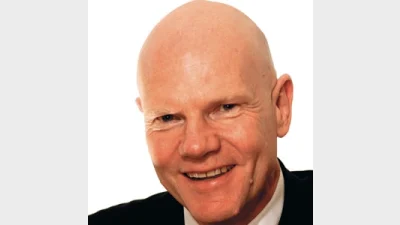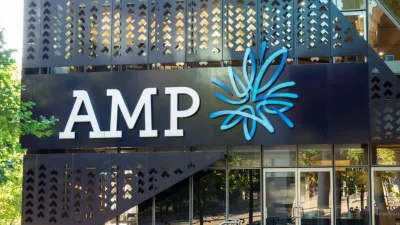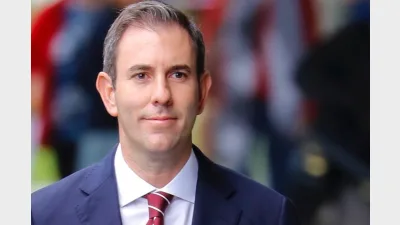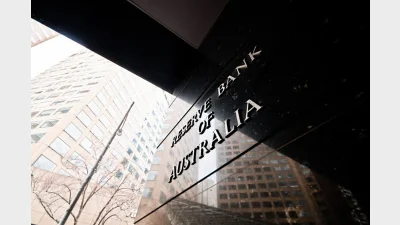Australian super still on top despite RC “theatre”: Don Russell



Australian superannuation is still one of the best pension systems globally despite the shortcomings highlighted by the Productivity Commission (PC) and the “theatre” of the Royal Commission, former chief policy adviser to Prime Minister Paul Keating, Don Russell told Money Management and Super Review’s Future of Wealth Management conference.
Russell said the superannuation guarantee, which was implemented in 1992, had delivered on its core objectives, with Australians looking at higher retirement incomes and default funds performing well, and pointed to a real possibility for the SG to lift from 9.5 per cent to 12 per cent.
“We are in that position where we could impose a cost on employers and use the central system to legislate to lift the 9.5 per cent to 12 per cent and, because wages really should be higher, this could be accommodated,” said Russell.
“Something’s got to happen because productivity growth isn’t matched by wages,” he added.
Russell said aged pensions had been kept central, and he highlighted a 43 per cent growth in the real value of the pension since 1992, with capital markets showing a “vibrancy and size” connected to them following the SG implementation.
The former chief of policy said Australia’s continuous review of its superannuation system allowed it to build public confidence and “tidy up” aspects that distracted people from its overall achievements, pointing to the current PC report as one of those reviews.
“The Productivity Commission shows poor performance of default accounts and governance, as well as poor performance of regulators,” he said.
Looking at the PC’s recommendations, Russell said leaving the creation of a “best in show” list of 10 default superannuation funds to the government posed many risks.
“We will have to think very carefully how that’s managed, because there are lots of problems with that, and we’ll have to make sure the list is created on more than political motion, and that the funds are good in their own merit,” said Russell.
Elevating the quality of default funds was looked upon favourably though, and Russell said as default systems became best in class, people would be comfortable with any option they were allocated.
Russell highlighted other main concerns of the PC, in particular the limited transparency of how funds deal with related party providers and the excess of funds that exist with minimal funds under management.
“The median fund size is $850 million, and 112 funds have assets under management of less than $1 billion,” he said.
Russell added the Royal Commission would see a “supercharged” policy response to the PC, and it was clear the continued grandfathering of adviser commissions looked to be under threat, along with vertical advice and asset management models.
Recommended for you
Super trustees need to be prepared for the potential that the AI rise could cause billions of assets to shift in superannuation, according to an academic from the University of Technology Sydney.
AMP’s superannuation business has returned to outflows in the third quarter of 2025 after reporting its first positive cash flow since 2017 last quarter.
The major changes to the proposed $3 million super tax legislation have been welcomed across the superannuation industry.
In holding the cash rate steady in September, the RBA has judged that policy remains restrictive even as housing and credit growth gather pace.










Is someone from the super industry, including Industry funds, able to explain why maintaining a percentage fee on 'large' (begging definition) accumulated super amounts, and on funds converted to private pensions, is justified. Does it take more business cost to transact a particular asset within the portfolio that has an investment of say, $35,000 compared to one which has the same asset invested at, for example, $3,500? Is this the elephant in the room? Why can't costs be capped? Are funds open to an accumulator or pensioner negotiating a change to his/her advantage with the super fund through, say, lowering the percentage, or establishing a capped amount?